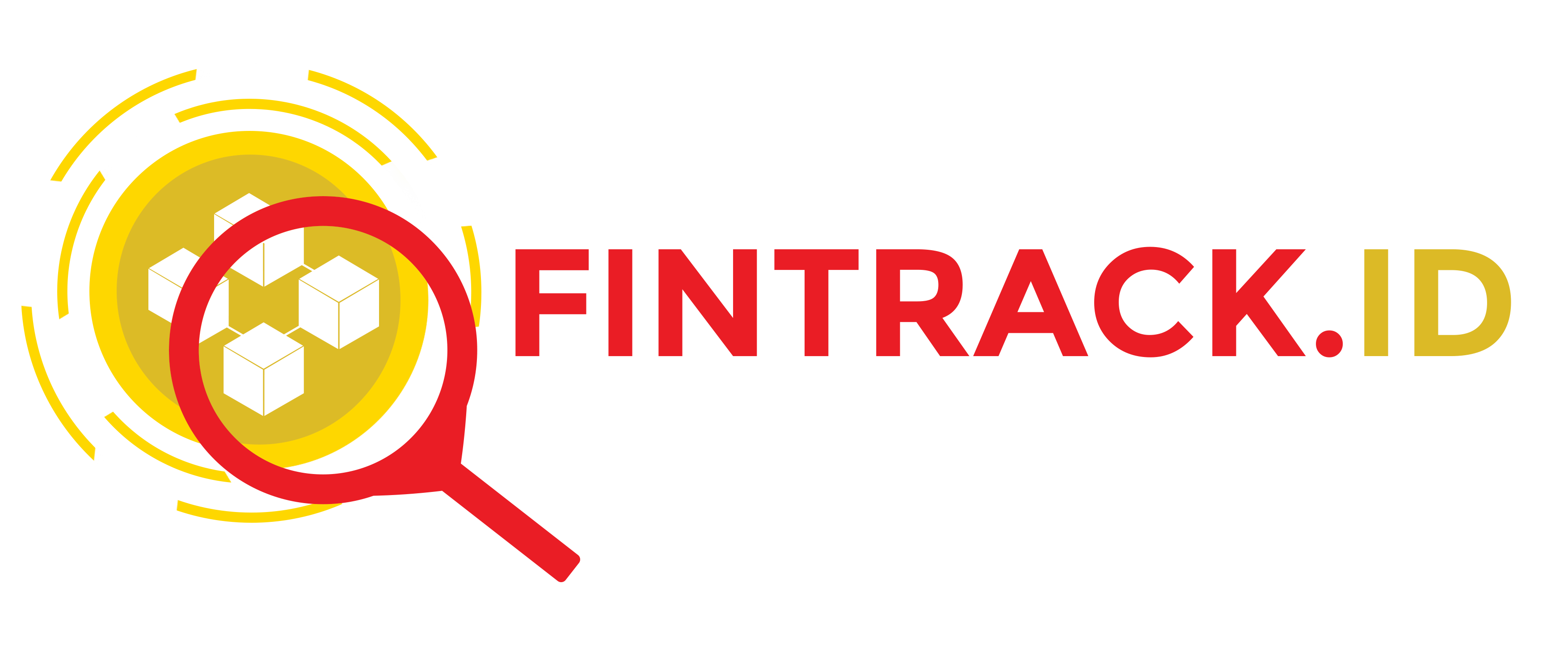Will blockchain accelerate trade flows?
Global trade has seen little innovation since the arrival of the shipping container in the 1950s. Goods are still transported over sea or land in much the same way as they were then. But one area most in need of a technological revolution is the paperwork and bureaucracy generated by cross-border trade.
From letters of credit to product quality documentation, trade generates stacks of documents. Behind this administrative thicket is the laudable desire to eradicate ills such as human trafficking, counterfeit goods and illegal smuggling. Yet a growing number of companies believe blockchain technology could speed up trade, all the while improving, rather than compromising, security.
“International trade demands a faster, more secure and more efficient way to handle the document approval workflows needed to move goods across international borders,” says Ramesh Gopinath, vice-president of blockchain solutions at IBM, which is working on trade-related digital ledger technologies with partners including Maersk and Walmart.
“Traditionally, supply chains have relied on the physical movement of large volumes of paper documents, leaving the window open for fraud, human error and inadvertent delays.” He says the administrative costs of processing, moving, verifying and securing this documentation can almost double the cost of simply moving a shipment.
Blockchain, a distributed ledger — the underlying technology for virtual currencies such as bitcoin — is a useful ‘middleware’ for slashing such bureaucracy. It records transactions in sequential blocks, creating encrypted data that can be shared between several parties through the supply chain, updating them instantly without risk of fraud.
“With roots in financial services, digital ledger technology is making inroads into goods transport through financial instruments, such as letters of credit, and through the digitisation of traditional trade and shipping documents,” says Wolfgang Lehmacher, head of supply chain and transport industries at the World Economic Forum.
To quantify the documentation involved in ‘business as usual’, Danish shipping giant Maersk tracked a shipment of flowers from the Kenyan port of Mombasa to Rotterdam. The process generated dozens of documents and nearly 200 communications involving farmers, freight forwarders, land-based transporters, customs brokers, governments, ports and carriers.
Maersk’s blockchain-based approach, developed with IBM, puts all documents into a single, template-based workflow, kicked off when the farmer submits the packing list. As each step is completed, documents are captured and shared so participants can see what has been submitted, when, and by whom. “No one party can modify, delete or even append any record without the consensus from others on the network,” says Mr Gopinath. The ransomware hack that hit AP Moller-Maersk in June, sufficiently severe as to cause the company to cut its profit guidance, has no doubt increased the imperative to develop tamper-proof tools.
Maersk and IBM are not alone in deploying blockchain to quicken trade processing times. In August 2016, a consortium of banks, with the Singaporean government, used blockchain to prototype a letter of credit, through which banks guarantee buyers’ payments.
A month later, Barclays used blockchain to complete a trade finance deal, and in 2017 a South Korean consortium used blockchain to track reefer containers from Busan to Qingdao, monitoring everything from shipment booking to cargo delivery.
Start-ups and small firms are also experimenting. London-based Everledger uses blockchain to ‘track and protect’ valuable assets like diamonds across the life cycle, creating a digital thumbprint used by participants along the supply chain to verify authenticity, while BlockVerify is tackling counterfeiting in industries including pharmaceuticals and electronics.
While offering a rare promise — to simultaneously accelerate processing and improve security — blockchain, and digital ledger technologies, pose challenges. The technology might be tamper-proof and collaboration-friendly, but the same is not always true of its users, or of the technologies that move data from blockchain into the real world.
“While blockchain technology itself is highly resilient, blockchain applications might be vulnerable,” explains Mr Lehmacher, referring to the hacking of multiple exchanges used for the Ethereum and bitcoin cryptocurrencies. Another challenge, he adds, is that the “technical capabilities to handle very large transaction volumes remains unproven, and the costs of maintaining the protocol are high”. Ordinary companies and individuals need to be trained to use blockchain tools correctly.
Such ‘permissioned’ blockchain systems are heavily dependent on collaboration and work only when all the parties want to use the technology, and have the technical wherewithal to do so. It will also be difficult to take blockchain from pilot projects to widespread use, given the risks that come with overhauling decades-old financial processing infrastructures.
But in cross-border trade, at least, participants would benefit from the simpler, automated workflows and smart contracts that blockchain can generate. The bribe-taking border officials and illicit traders would lose out.
